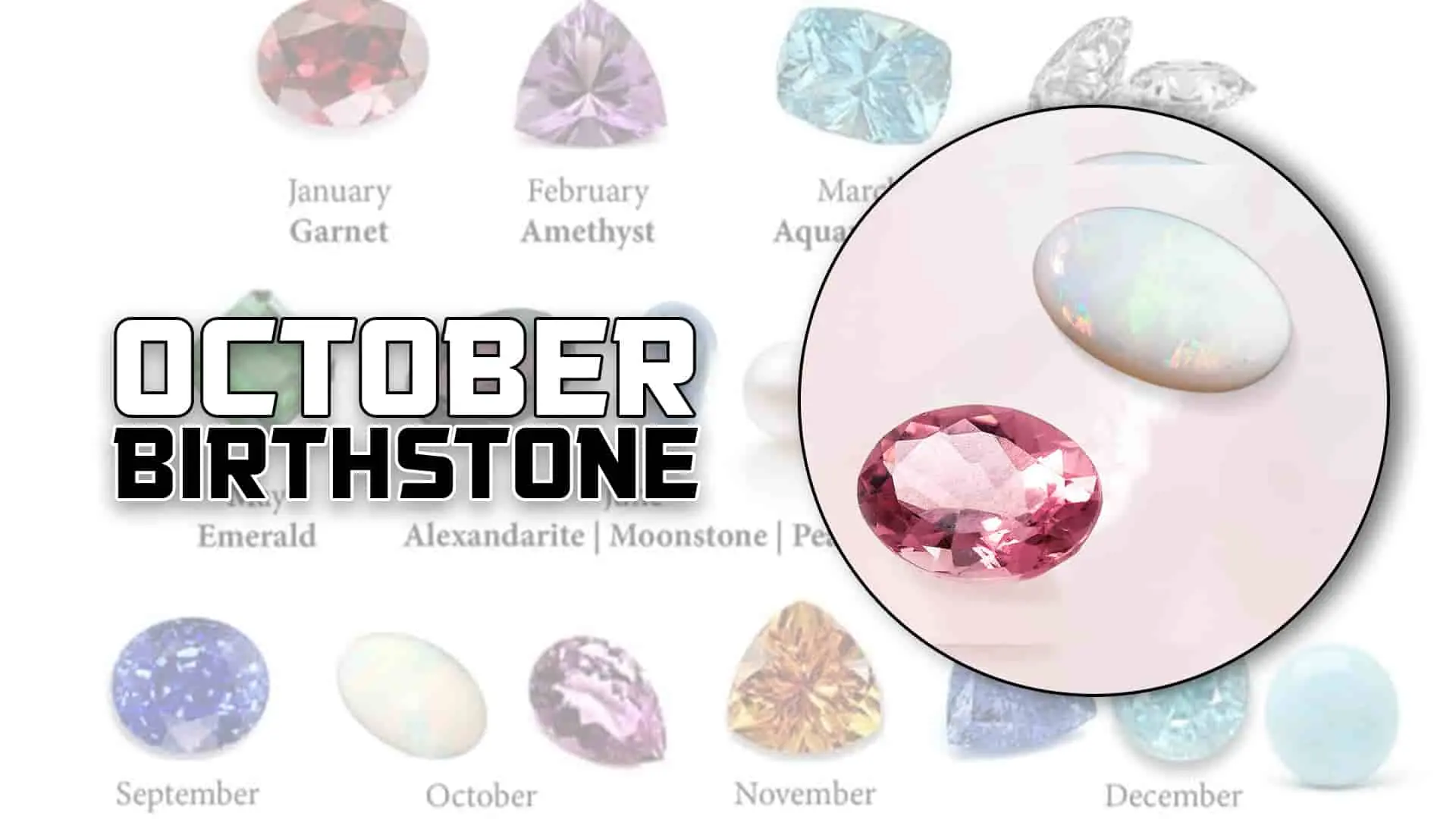Introduction to October Birthstone
Opal and tourmaline, the birthstones of October, offer a kaleidoscope of colors and captivating beauty. These gemstones possess unique characteristics that have fascinated humans for centuries. With its mesmerizing play of colors, Opal embodies the ethereal beauty of a rainbow trapped within a stone. On the other hand, Tourmaline showcases a remarkable variety of hues, making it a gemstone of endless possibilities. Whether you are born in October or appreciate the allure of these gemstones, exploring the enchanting world of opal and tourmaline is a journey that promises to captivate the senses.
Opal and pink tourmaline are magnificent birthstones that honor those born in October. Both opal and tourmaline, the birthstones for October, typically emit a range of colors. Opal is the modern birthstone of October, while tourmaline is the traditional birthstone of October. Jewellery with October birthstones stands out thanks to the variety of colors. You can alter any piece to fit your personality and style. Several jewelry alternatives are available with these distinctive jewels, ranging from pendants to earrings. Let’s discuss them in detail.
October Birthstone: Opal

History of Opal
Pliny was one of many authors who likened the spectacular play of color to fireworks, galaxies, and volcanoes. However, one author gave the opal a poor rap for being unlucky: In Sir Walter Scott’s novel “Anne of Geierstein,” Anne wore a golden clasp with an opal that changed color when she became energetic or disturbed. Some people disagreed with the notion that it was unlucky, contending that opals were the luckiest and most mystical jewels.
The Olympic Australis is the most expensive opal in the world. It was founded during the Melbourne, Australia, Summer Olympics in 1956 and formerly held the Guinness World Record for the largest opal. Opals are a traditional gift for a 14th wedding anniversary and a birthstone for October.
Where is Opal Found?
You can find opal as a birthstone everywhere. The world’s most producing fields for the birthstone for October are in Australia. Brazil, Mexico, and Ethiopia are all significant sources. Additional deposits have been discovered in the United States, Indonesia, Madagascar, Peru, Central Europe, Honduras, and Peru.
A little Australian village called Lightning Ridge is well known for producing valuable black opal. Lightning Ridge is a dry, rocky region that experiences little rainfall and bakes in the intense summer heat. Only a few little plants and trees help to soften it. Because of the harsh weather, miners frequently live underground to escape the oppressive heat.
Other varieties of the October birthstone come from Australia. In addition to Mintabie, Andamooka, and Coober Pedy in South Australia, white opal can also be found in the White Cliffs region of New South Wales. Queensland is the only place in the world where boulder opal is mined.
The birthstone for October is found in Ethiopia, close to the community of Wegel Tena in the Wollo Province. Opal is extracted from shafts excavated into the slope of a plateau 8,000 feet (2,400 meters) above sea level, 340 miles (nearly 550 km) north of Addis Abeba, Ethiopia. The gemstones found here have a variety of body colors, including white, yellow, orange, brownish red, and “chocolate” brown. Play of color is visible in several of the opals. In addition to orange, white, and crystal opal, another mine in Ethiopia’s Shewa Province also produces the highly sought-after black opal. Its riches are hidden beneath rocks that rise above the surrounding area.
A state in Mexico called Querétero is renowned for producing fire opal in hues of yellow, orange, and reddish-orange to red, some of which have a good color play. The mines are a popular tourist attraction, and accessing them entails traveling on a dirt route that passes through pine and oak forests, scrubby plateaus, and twisting mountain roads.
Opal Meaning, Properties, and Symbolism
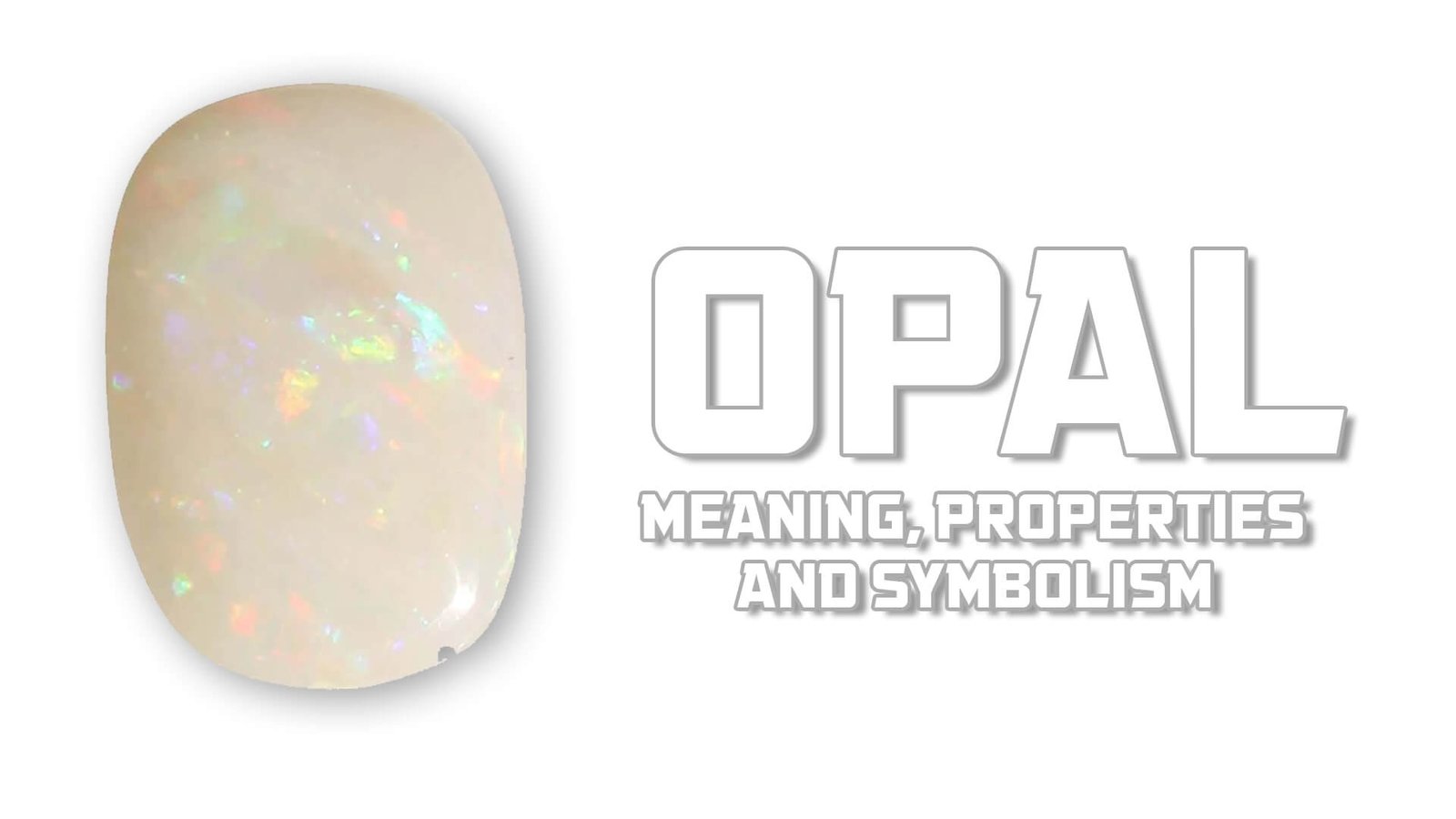
Some people think that the term “opal” originated in India, where it was known as upala, which is Sanskrit for “precious stone.” Others claim that it was first described as having a colorful appearance in Greek, where the word opallios, which means “to see a color change,” was used. It was known as an “opalus” or “precious jewel” in ancient Rome. The dance of colors in the stone, which included every hue of the most prized diamonds, was mentioned by Pliny, the Elder.
Opals were believed to possess all the powers and advantageous qualities of other colored stones for hundreds of years due to their colorful array. Romans called it the Cupid Stone, and considered it the most valuable and potent stone and a representation of love. Because of this, it might inspire passion and romance. It has stood for honesty, purity, and optimism for a very long time.
Arab nomadic tribes thought the opal, which contained lightning, fell to Earth during thunderstorms. Ancient Greeks thought opal possessed the gift of prophecy—the capacity to predict the future. The opal was once said to have the ability to grant its wearer invisibility powers. Some people think that opals can enhance or advance eye health.
Opal Jewelry
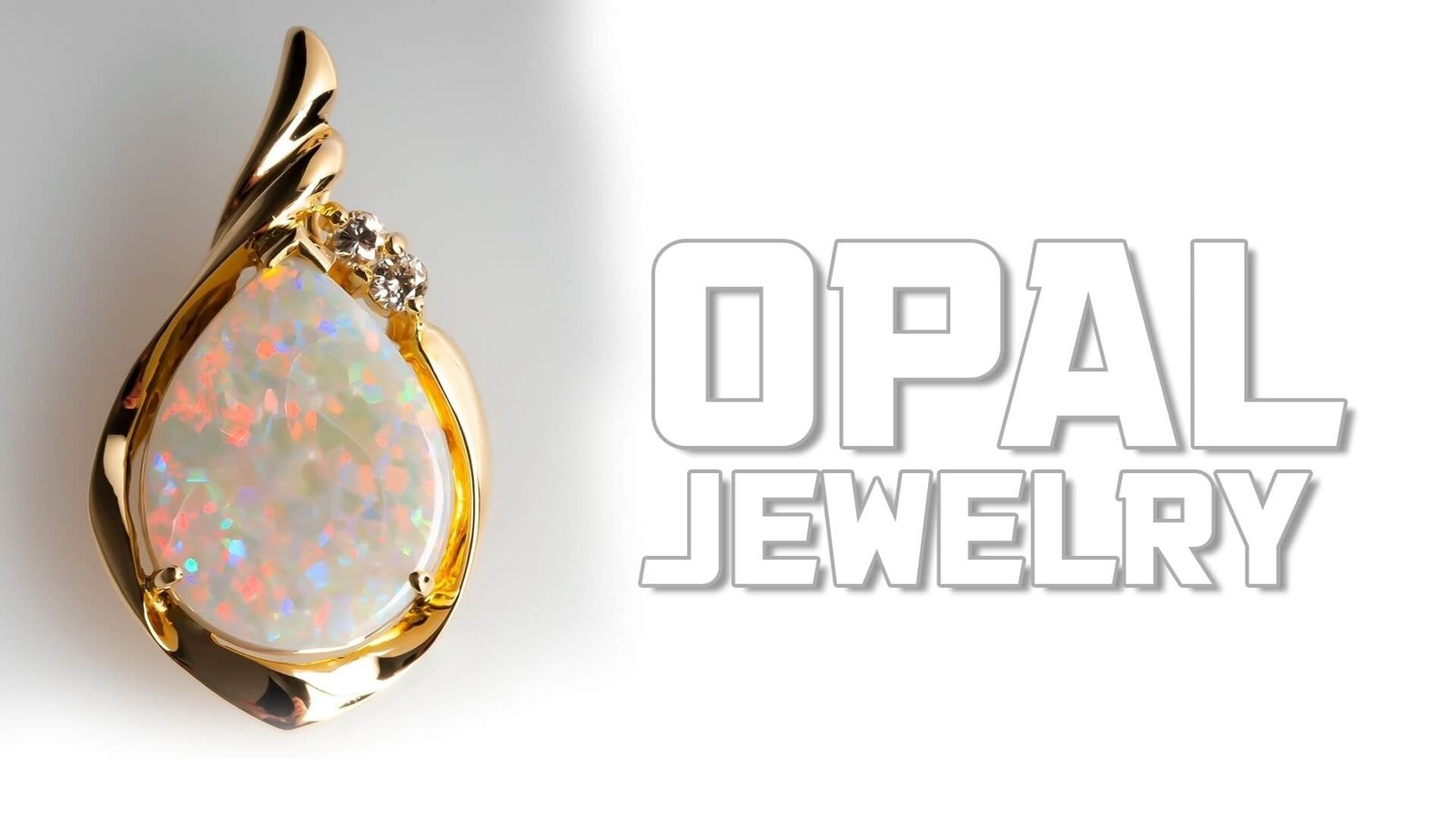
Opals have a 5.5 to 6.5 Mohs Hardness grade, making them scratch-prone and more appropriate for special events than daily wear. However, despite the extra care needed to clean and secure it, opal jewelry’s versatility and beauty make it worthwhile. Keep opal jewelry separate from other gems in storage to avoid damage.
Make use of warm, soapy water to clean opals. Other techniques—particularly in opal doublets and triplets, manufactured stones where opal pieces adhere together—can harm your opal or the filler material used.
Care and Cleaning of Opal Birthstone
Opal can be treated by having plastic, wax, or oil infused. Opal doublets or triplets are created by joining tiny opal slices to a base material and covering them with a thin dome of transparent quartz. The safest way to clean this October birthstone is in warm, soapy water. Other cleaning techniques might harm the opal or the filler.
Be aware that opal triplets and doublets’ adhesives may weaken after prolonged exposure to water. Intense heat or sharp temperature changes can cause even natural opal to fracture.
On the Mohs scale, the hardness of the birthstone for October ranges from 5 to 6.5. Opal should be stored alone to avoid scratches from jewelry sets with harder gems. Only a select few gemstones, such as emeralds, sapphires, rubies, and diamonds, can rival the October birthstone.
Cost of Opal
The average cost of opal can vary greatly depending on several fast one’s factors, including the type and quality origin of the stone. Opals come in various varieties, such as black, white, boulder, and fire, each with unique characteristics. Additionally, factors like color play, clarity, and the presence of any imperfections can affect the price.
On average, opals can range from a few dollars per carat for lower-quality stones to several hundred or even thousand per carat for high-quality, rare opals. It’s important to note that larger, higher-quality opals with vibrant colors and patterns tend to be more valuable and command higher prices. As with any gemstone, you should consult a reputable jeweler or gemologist to get a more accurate and specific understanding of opal prices based on your preferences and requirements.
The type of opal stone will determine the current pricing. Black Opal, the most precious Opal, can cost anywhere from $50 and $10,000 per carat. As an alternative, White Opal is relatively widespread and costs $10 to $150 per carat. Other opal varieties, such as fire, red, and blue, cost between $10 and $500 per carat.
October Birthstone: Tourmaline
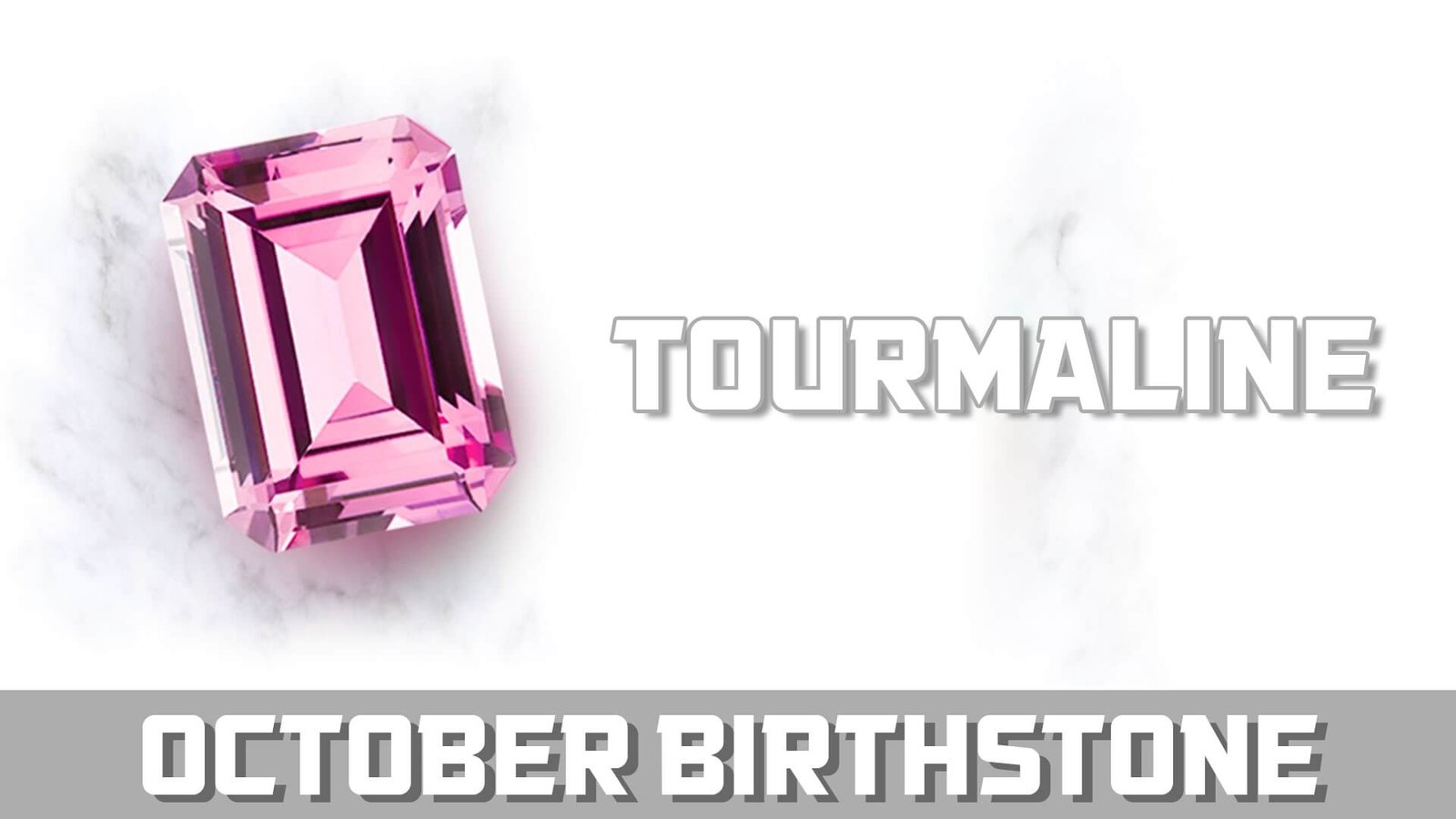
History of Tourmaline
Tourmaline was frequently confused for other gems due to its vast range of colors. Notably, the pendant of Caesar’s Ruby is found in the Russian crown jewels. Tourmaline was mistaken for other gemstones before being identified as a distinct mineral species for many years. Through heat and pressure, tourmaline can become electrically charged, at which point it can oscillate and collect dust particles like a magnet.
China was one of the biggest markets for tourmaline at the beginning of the 20th century. The tourmaline trade declined with the collapse of the Chinese government in 1912. You can give tourmaline to commemorate an eighth wedding anniversary.
Where is Tourmaline found?
The gemstone for October is most frequently found in Brazil, although it is also mined in other African nations like Afghanistan, Pakistan, Kenya, Madagascar, and Mozambique. Fine tourmaline is historically produced in large quantities in California and Maine.
Pegmatites in Minas Gerais have provided most of the tourmaline mined in Brazil over the years. A true kaleidoscope of gem minerals is produced due to these subsurface magma intrusions. However, electrifying green, blue, and violet tourmalines from pegmatites in Brazil’s Paraba State reached the gem market in the late 1980s. Researchers discovered that trim levels of copper, which had not before been identified as a coloring factor in any other tourmaline, were responsible for the intense colors. Tourmalines of the Paraba type that contain copper were also found in Mozambique and Nigeria in the early 2000s. Overall, due to their vibrant colors, more substantial color saturation, and increased rarity, the greatest Paraba and Paraba-type tourmalines are easily more expensive than others.
Southern California and Maine are home to several pegmatite districts in the United States. They have sporadically produced significant amounts of tourmaline for over a century. Two young boys exploring the area found Mount Mica near Paris, Maine, around 1820, where Maine’s first significant tourmaline deposit was found. A Mount Mica quarry continues to produce gem tourmaline in various colors sporadically. Maine’s most frequent source of tourmaline is the Dunton mine, which is close to Plumbago Mountain.
In the Mesa Grande region, known for producing exquisite rubellite, the Himalaya pegmatite saw the opening of California’s first commercial tourmaline mine in 1898. 120 tons of gem rubellite were shipped to Imperial China by San Diego mines between 1902 and 1910 to satisfy Empress Dowager Cixi’s infatuation with the vivid color. With the death of Cixi in 1908 and the fall of the Qing empire, California’s tourmaline mining era ended. Today, gem-quality tourmaline is only sporadically produced in a few mines in San Diego County.
Tourmaline Meaning, Properties, and Symbolism
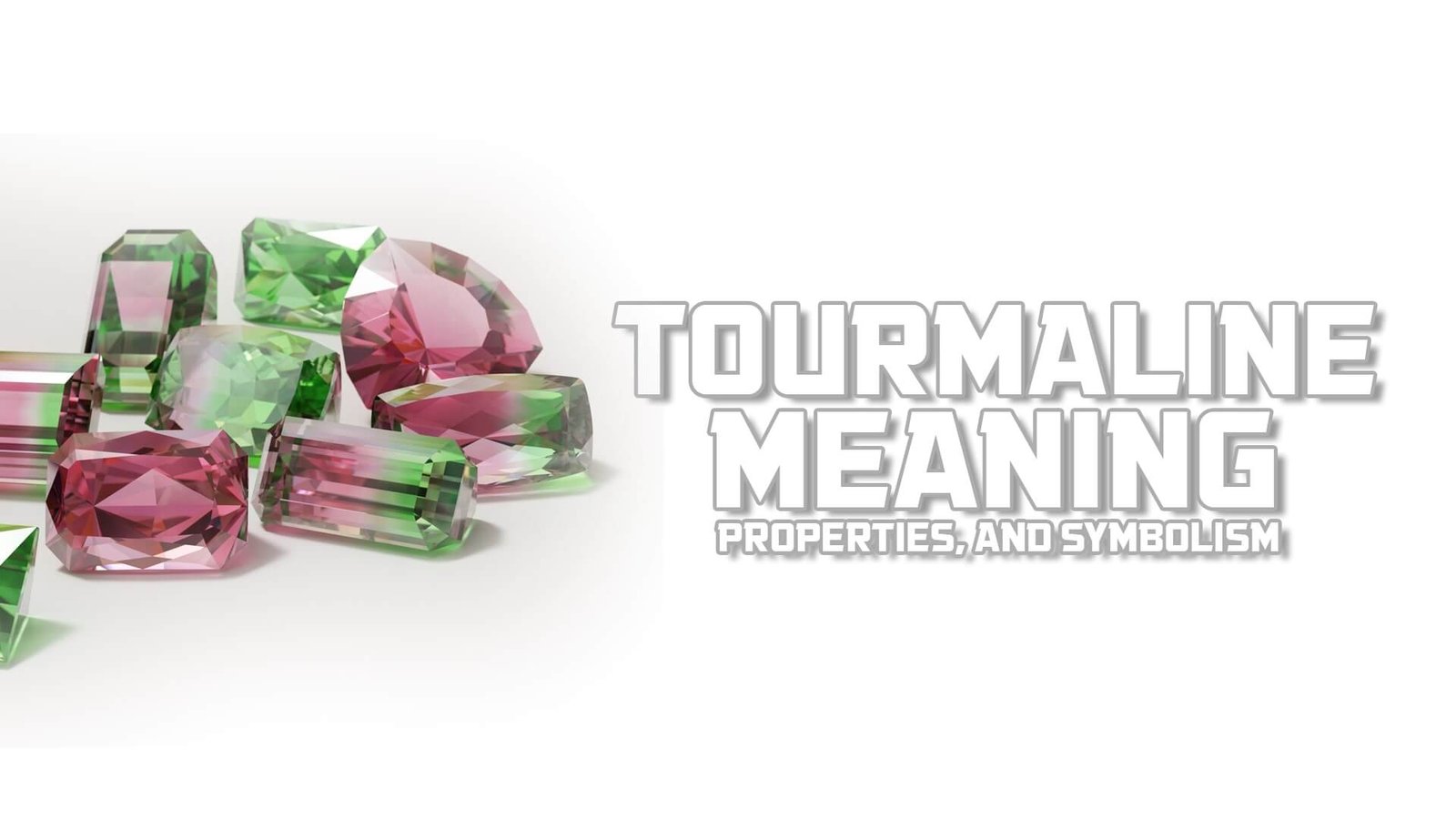
Its name derives from the Sinhalese (Sri Lankan) term toramalli, a synonym for “stone with mixed colors.” Due to its wide range of colors, People believed that the tourmaline encourages creative creativity. The long journey the gem took from the Earth’s center, during which it traveled across a rainbow, is what the ancient Egyptians thought was responsible for the variety of colors.
According to a long-standing association, people who wore it would enjoy enduring friendships. Pink and green are linked to compassion and courage, while black and green tourmalines are supposed to inspire confidence.
Care and Cleaning of Tourmaline Birthstone
The Mohs hardness scale rates the tourmaline birthstone between 7 and 7.5, making it typically wearable daily. Heat can be harmful, but these vibrant gems are typically stable enough to survive light and most chemicals. The ideal cleaning solution for this birthstone of October is warm, soapy water and a soft brush. We don’t advise you to use steam or ultrasonic cleaners.
Tourmaline Jewelry
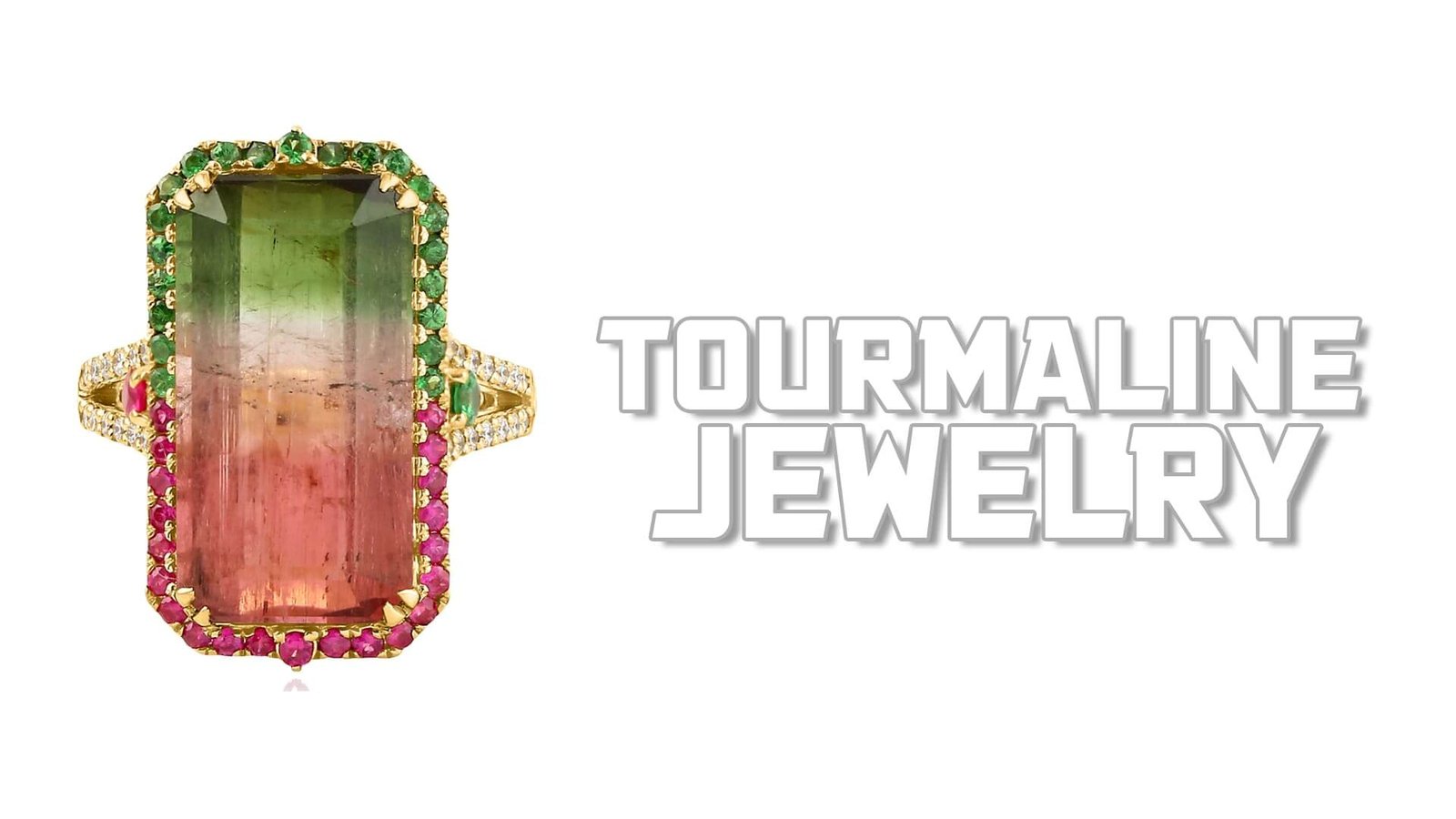
Tourmaline is an alternative for daily wear in jewelry, such as rings, earrings, and bracelets, with a Mohs Hardness value of 7.0 to 7.5. Use lukewarm, soapy water and a delicate brush to clean since the heat might harm the stones.
Cost of Tourmaline
The average cost of tourmaline can vary significantly depending on various factors, including the stone’s color, clarity, size, cut, and origin. Tourmalines come in multiple colors, from pink and green to blue and multicolored varieties, each with unique appeal and value—generally, the more vibrant and intense the color, the higher the price of the tourmaline.
Regarding price range, tourmalines can vary from a few dollars per carat for lower-quality and more common specimens to several hundred or even thousand for high-quality, rare tourmalines. More significant, high-quality tourmaline gemstones with exceptional color saturation and clarity will command higher prices.
It’s worth noting that certain types of tourmalines, such as Paraiba tourmaline or Watermelon tourmaline, known for their rare colors and unique color zoning, tend to be more expensive than other varieties. Factors like gemstone treatments, such as heat treatment or irradiation, can also impact the price of tourmalines. Tourmalines typically cost less than $500 per carat, although, in the case of Paraiba, prices can reach $50000 per carat.
We recommend you consult with a reputable jeweler or gemologist who can assess the stone’s quality and provide you with a more precise valuation based on your preferences and requirements to get an accurate estimate of the cost of a specific tourmaline.
Conclusion
In conclusion, opal and tourmaline, the birthstones of October, radiate a captivating charm and hold an esteemed place in the world of gemstones. Opal’s iridescent display and tourmaline’s stunning variety of colors make them unique and sought after by gem enthusiasts and jewelry connoisseurs alike. These gemstones’ mystical allure and captivating beauty continue to enchant and inspire, serving as timeless symbols of elegance and individuality. Whether adorned in jewelry or admired in their raw form, opal, and tourmaline offer a delightful celebration of the colors and wonders found in nature.
Read More: January Birthstone, Febuary Birthstone, March Birthstone, April Birthstone, May Birthstone, June Birthstone, July Birthstone, August Birthstone, September Birthstone, November Birthstone, December Birthstone
